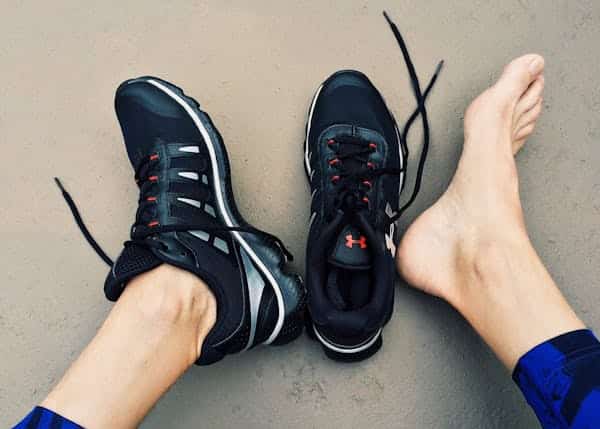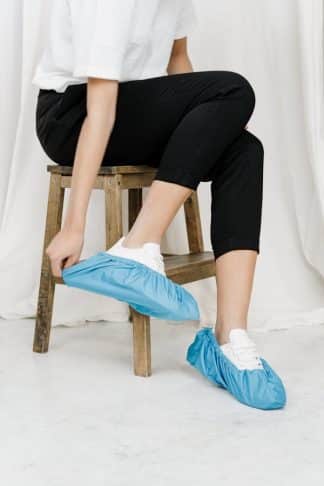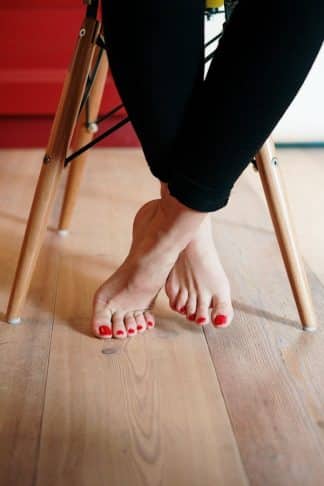Causes of Thick Toenails

According to Dr. Abigail Waldman, a dermatologist at Brigham and Women’s Hospital, feet tend to be sweaty and damp, creating an ideal environment for fungi, yeasts, and molds that naturally occur on the skin to thrive. Fungal infections can occur after a pedicure at a nail salon or by walking barefoot in places like swimming pools and locker rooms. These infections often start on the skin of the feet or toes, potentially leading to athlete’s foot and subsequent toenail issues.
Several factors can cause toenails to thicken, including injuries, fungal infections, and specific medical conditions. Healthcare providers typically examine the toes to identify the cause and recommend appropriate treatments. Common causes include:
•Onychomycosis: A prevalent type of toenail fungus that prompts the body to grow a new nail beneath the infected one.
•Onychauxis: Also known as onychogryphosis, this condition may arise from injuries or medical conditions such as diabetes and psoriasis, resulting in symptoms like thickened, yellowed, or curled nails.
•Onycholysis: Occurs when the nail plate detaches from the nail bed, often due to nail injuries, allergic reactions, psoriasis, or excessive filing.
Symptoms

While different causes can lead to varying symptoms, there are additional signs beyond thickened toenails that may indicate a medical issue. Infected toenails can become:
•Scaly or chalky in appearance
•Split or crumbled
•Lifted away from the nail bed
•Foul-smelling
•Yellow, green, or brown in color
•Accumulating debris underneath
Complications

Although thick toenails are often merely a cosmetic concern, leaving them untreated can result in more severe health problems. These complications may include nail loss, permanent tissue damage to the toes, infections that spread to the bones, cellulitis, and even sepsis.
Treating Thickened Toenails
Nail infections can be more challenging to treat than skin infections, as medications and creams struggle to penetrate the nail tissue. However, some home remedies may help. Soaking the nails before applying antifungal cream can be beneficial. A mixture of one part apple cider or white vinegar to three parts warm water can be used for soaking for 10 to 40 minutes—the longer, the better. Ensure the area is dried thoroughly before applying the cream.
Numerous over-the-counter products are available for treating athlete’s foot, and applying 100% tea tree oil or Vicks VapoRub to the affected nails can be effective. Mild infections may respond to medicinal creams like amorolfine, ciclopirox, and efinaconazole. More severe infections might require oral medications such as fluconazole, griseofulvin, itraconazole, or terbinafine, typically taken for three months.
Laser therapy is another option, utilizing light to penetrate and break down nail tissue. Since various types of laser treatments exist, it’s best to consult with your doctor to determine the most suitable choice. In some cases, a visit to a dermatologist may be necessary for complete removal of the affected toenails.
Keep in mind that it can take months or even a year for a healthy toenail to fully regrow. During this time, it’s essential to adhere to the treatment plan prescribed by your doctor and maintain proper foot hygiene. For example, use separate nail clippers for infected and healthy nails to prevent spreading the infection.
Risk Factors
While anyone can develop thickened toenails, certain factors can increase the risk, including:
•Poor foot hygiene
•Inadequate trimming of toenails
•Ill-fitting shoes
•Using public pools and showers
•Foot injuries affecting the toenails
•Athlete’s foot
•Frequent pedicures
•Tobacco use
•Undergoing radiation or chemotherapy
•Medications that weaken the immune system
•Medical conditions impacting the immune system or circulation
Prevention Tips
To reduce the risk of infections, consider the following strategies:
•Sterilize nail clippers with alcohol, especially if shared with others.
•Trim nails regularly.
•Change socks frequently.
•Disinfect socks and shoes routinely.
•Protect feet in public showers and locker rooms.
•Promptly treat athlete’s foot.
•Keep feet dry.
•Seek professional help to remove any buildup from under your toes rather than attempting to do it yourself.
